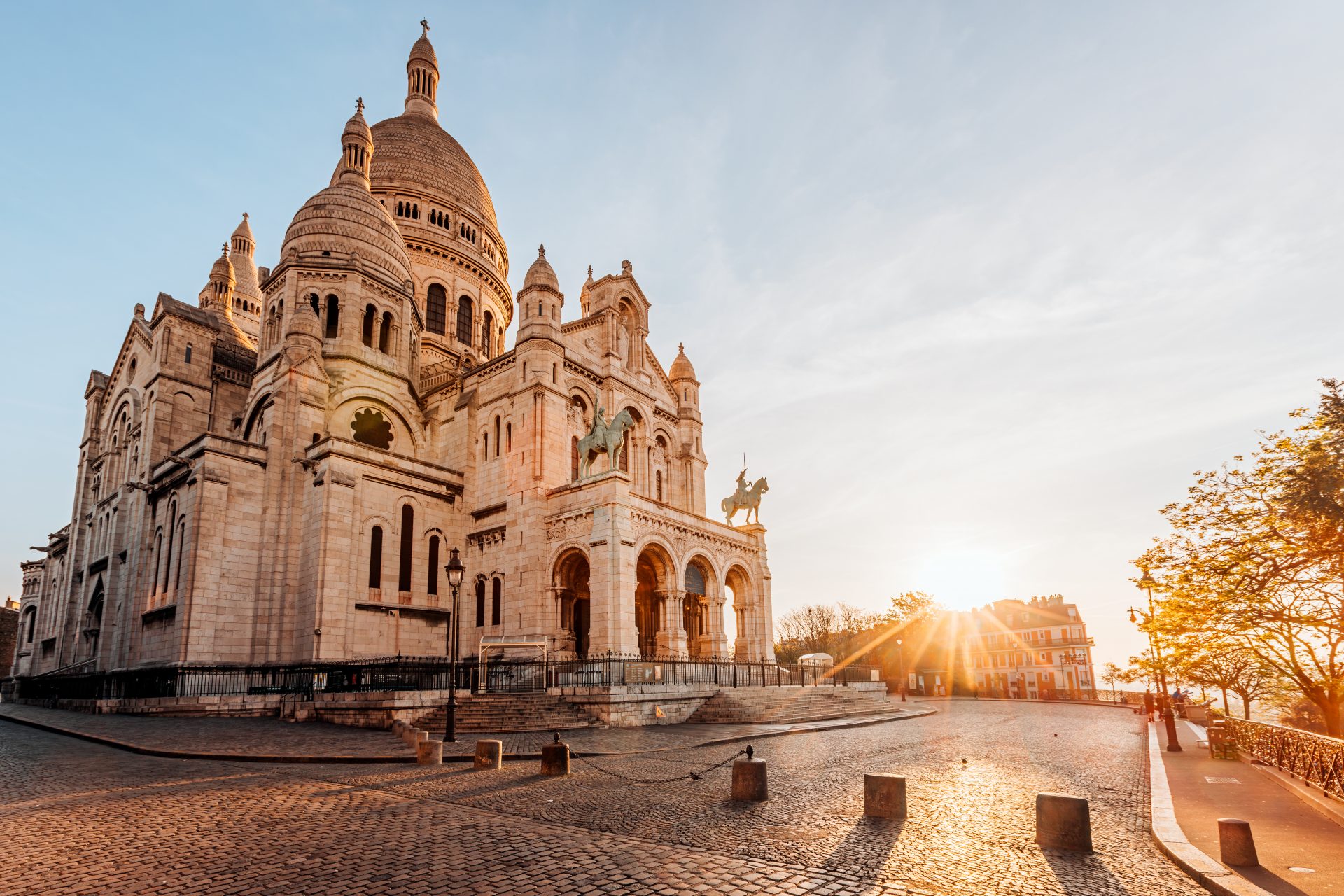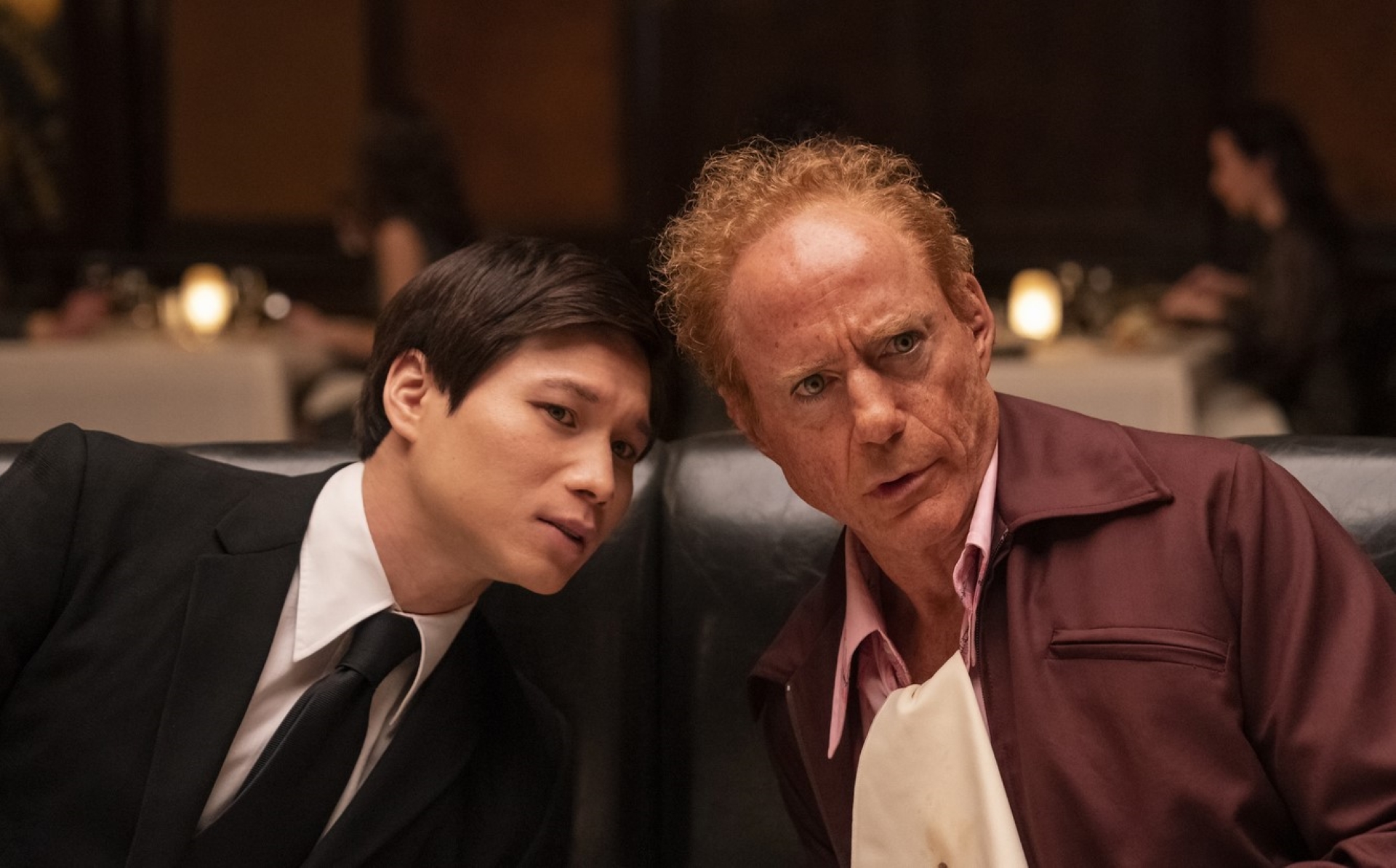New evidence surfaces in the case of the vanished Vatican girl
After almost 40 years of investigations and a recent Netflix docuseries, the case of teenage Emanuela Orlandi's disappearance is being reopened. The girl, who lived in Vatican City, vanished on a summer day in 1983. Over the years, traces led to the palaces of religious leaders, secret services, and the Mafia.
In early January 2023, the Catholic church authorities, assisted by the Gendarmerie, announced that they would try to solve the intriguing plot surrounding the disappearance of the young Vatican girl. They will especially make use of new witnesses in the case.
This is the first time that the Vatican is officially investigating the case. In the almost 40 years since the day of the incident, the Italian authorities failed to receive a response or any support from the Vatican justice system in the case of the missing girl. So why is it acting now?
Pietro Orlandi, Emanuela's brother (in the photo), hopes that the Vatican's announcement is not mere 'propaganda.' He told the Italian newspaper Repubblica that a number of important Vatican officials "may have come into direct contact with this affair, starting with the former secretary of state, Cardinal Tarcisio Bertone, and the former secretary to the [late] Pope Emeritus, Monsignor Georg Gaenswein."
One may wonder if there's a coincidence between the reopening of the case and the death of Pope Benedict XVI on the last day of 2022. The late pope's secretary, Georg Gaenswein made certain specific statements about the missing girl after his employer had passed away.
Gaenswein recently released a memoir in which he denied that he knew anything about the case of Emanuela Orlandi. In fact, he said that the entire Vatican dossier about the girl, mentioned by Pietro Orlandi, never existed.
Evidence is difficult to obtain from behind the Vatican walls. Pietro Orlandi told Repubblica, however, that Gaenswein personally had told him that there was a dossier about the case of his missing sister.
Emanuela's brother also brought up Whatsapp messages he obtained, written in 2014 by two collaborators of Pope Francis. He said that "there is talk of Emanuela, of documents about Emanuela, it is spoken of as a serious matter, to be resolved."
Orlandi added that "grave robbers and georadar are mentioned, and that the two collaborators wonder how they can find money to sustain the expenses." If these messages are genuine, the Vatican must have known more about the missing girl than it has led everyone to believe in the past decades.
The Netflix docuseries 'Vatican Girl,' released in 2022, recounted one of the most shocking stories in Italian-Vatican relations. It's an unsolved case of a missing girl that moved Italian society and also went around the world.
Over the course of four episodes, the Netflix series brings order to the dense plot of the crime story. It has interviews with the family and testimonies that have never been released before.
The unsolved case attracted the attention of Netflix because its new clues led to the Vatican, the mafia, and meddling by secret service agents. It almost seems like the plot of an intricate and gripping thriller.
Image: Netflix promotional material for 'Vatican Girl'
There's little we know for sure about this case. On July 22, 1983, around 19:00, Emanuela Orlandi disappeared into thin air after a music lesson. She left no trace whatsoever. The girl was 15 years old and the fourth of five children of an employee of the Vatican Prefecture, Ettore Orlandi.
Left in the photo: Maria Orlandi, Emanuela's mother, on the 30th anniversary of her disappearance
Her last contact with the family was a phone call in which the girl told her parents that she would get home a little later. She mentioned that a man had offered her a job: distributing flyers for a cosmetic brand during a fashion show. Later, when asked about it, the company denies having planned any such promotional work.
After the phone call, nothing was heard anymore from Emanuela Orlandi. She did not come home that evening and the family went around Rome all night to look for the girl. Vatican City, where they lived, closed its gates every night after dark.
Initially, police investigators linked Emanuela's disappearance to that of Mirella Gregori, which occurred in the city in May of the same year. The two girls were the same age and both seemed to have disappeared into thin air. However, there were no other similarities and connections between the two cases.
In the photo: a mural dedicated to the two girls
On July 3, during the Angelus, Pope John Paul II spoke to those responsible for Emanuela's disappearance and asked them to keep her safe and free her.
This remarkable comment by the Pope appeared to confirm that the girl had, indeed, been kidnapped. Also, his words suggested that the Vatican knew more about the case.
From the day of the Angelus until the end of July, the Orlandi family received 16 phone calls from a man with a marked American accent. He said that the girl would be returned in exchange for the release of Ali Agca, a Turkish terrorist who had tried to kill the Pope two years earlier.
In addition to the 'Americano,' the Turkish terrorist group of the Gray Wolves - to which Agca belonged - also claimed to have kidnapped Emanuela. They, too, asked for the release of the Turkish terrorist. However, the group could never give any proof that they really had anything to do with the case.
Moreover, in the 1990s, after the fall of the Eastern Bloc, a former Stasi agent revealed that the statements of the Gray Wolves were false. Allegedly, Eastern European secret services were the ones who had tried to kill the pro-democratic Pontiff, and they had used the Gray Wolves to distract the police from their involvement.
Over the years there had been reports of sightings of the young girl in various places, but none were reliable. Every clue led nowhere. So in 1997, the investigation was closed, even though the family kept searching.
In the mid-2000s, suspicions began to arise that there was a connection between the Orlandi case and the activities of the Banda della Magliana, a Mafia-like criminal organization that dominated Rome in the 80s and 90s.
A phone call to the show 'Who has seen it?' opened this new path of investigation. An anonymous person said that investigators should look into a grave in the Basilica of Sant' Apollinare. As reported by the newspaper 'La Stampa,' the caller also referred to a "favor that Renatino did to Cardinal Poletti." But who was Renatino?
'Renatino' was Renato De Pedis, the deceased boss of the Banda della Magliana. According to the anonymous call, he had something to do with a Cardinal of the Vatican! In the photo, he sits to the right of the Pope.
To the shock of many Italians, the late criminal had indeed been buried in the Basilica of Sant' Apollinare, a place normally only reserved for cardinals and other high-ranking Vatican residents. Such a thing was impossible without the involvement and permission of the Church.
After this discovery, some former members of the Banda della Magliana admitted that the group had been involved in the kidnapping of Emanuela Orlandi. One of their leaders said that he had heard "the girl was ours, that one of us had taken her."
According to the former gangsters, the girl had been kidnapped in order to put pressure on the Vatican for money it owed to the Banda. Yes, you read that right: the Vatican owed money to the mob.
The money had gone through the financial institution of the Vatican, the Banco Ambrosiano, and it had never been returned. A former agent of the Italian secret service confirmed the tensions over money between the Vatican and Roman organized crime.
The former secret agent claimed that the kidnapping of Emanuela was related to the death of the banker Roberto Calvi (photo). He had been murdered in London in 1982, about a year before the girl disappeared, allegedly because he had not returned the millions of Italian Liras he owed to various groups of gangsters.
Through Calvo's shady businesses, there were links between the Banda della Magliana and the Vatican, as several journalists and investigators concluded.
By that time, the girlfriend of the late 'Renatini', Sabrina Minardi, finally opened up about everything she knew about the case. She accused her former partner of having kidnapped and then taken the life of the young Emanuela. Apparently, she said, the crime was committed to send a clear message to "someone very high."
The revelations of Sabrina Minardi were confusing, however, and her testimony did not convince the investigators. Therefore, the investigation born of the woman's statements was halted in 2015. Yet, the scenario of a connection between the Banda della Magliana and the Vatican was still considered a viable option.
In the meantime, Emanuela's brother Pietro Orlandi went to see Ali Agca in prison. The terrorist continued to claim that the kidnapping of Emanuela had been the work of the Gray Wolves.
He added a detail, however: the direct order for the crime had come from the Vatican. Agca did not give any details, but he told Pietro to talk to a cardinal about it.
The cardinal in question was Giovanni Battista. Agca said that the cardinal knew all about the kidnapping. He also added that Orlandi was fine and that she lived a life in hiding in Switzerland. The cardinal, however, denied everything.
In 2015, a photographer named Marco Accetti claimed that he knew more about the case. He said that the kidnapping was part of the blackmail and revenge plot between two factions within the Vatican.
One faction supported the Pope in his anti-communist policy, and the other faction sided with the Soviet bloc. In other words, the kidnapping of Emanuela would have been the means used by one group to pressure the other.
The public prosecutor looked into Accetti's claims but concluded that they were not reliable. He had also linked Emanuela's disappearance to that of another girl in the same year, but the cases did not seem related to the prosecutors.
Emanuela's brother, Pietro, and the other Orlandi family members have continued to search for the girl for decades. They are still desperate to find the truth and have cooperated with the makers of the Netflix documentary in an attempt to get more information.
The docuseries, 'Vatican girl - The disappearance of Emanuela Orlandi,' was made by the award-winning British television production company RAW. It tries to dispel the four decades of misdirection, mystery, and inference that have surrounded this sad event, in the hope of opening up new avenues of investigation.
After explaining the web of alleged conspiracies, vendettas, blackmails and exchanges of favors, the series offers another explanation for Emanuela Orlandi's disappearance: the motive of sexual abuse.
The series follows up on the leads about the possible involvement of the upper echelons of the Vatican. Maybe, it says, the girl was kidnapped to cover up a sex scandal on the Vatican grounds.
She had told a friend earlier that 'something had happened in the gardens of the Vatican, with an important member of the Vatican elite,' and perhaps that was something they wanted to cover up.
Image: Xavier Coiffic/ Unsplash
Posing a similar theory, Father Gabriele Amorth (pictured) had told the La Stampa newspaper that there were parties in the basilica of Sant'Apollinare (where the gang leader was buried). For the entertainment of the Vatican leaders, a gendarme of the Holy See and a foreign ambassador to the Vatican would "recruit girls." The priest assumed that "Emanuela ended up being a victim of that round."
Andrea Purgatori (pictured), the journalist who leads the series together with Pietro Orlandi is convinced that among all the theories, one final explanation will emerge. "No matter how much you will keep a secret," he says, "the truth will come out sooner or later."

























































